
| Home | |
| Ontong Java I and Ontong Java II - Tuamotus Pahi(s) built by Hans Klaar |

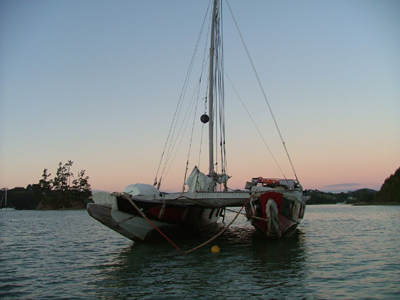
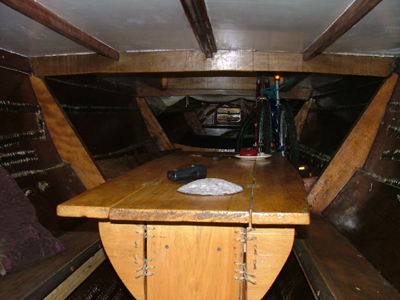
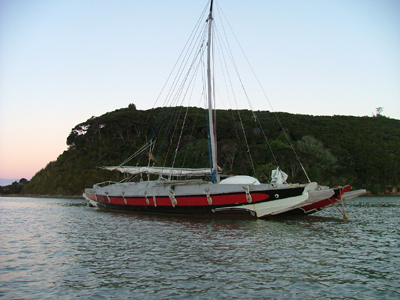

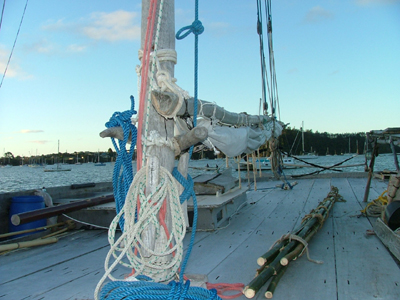
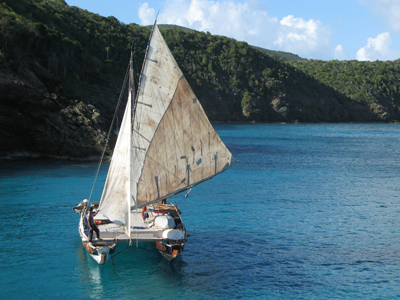
|
|
Hans Klaar's first boat, A lateen rigged Wharram catamaran ketch 
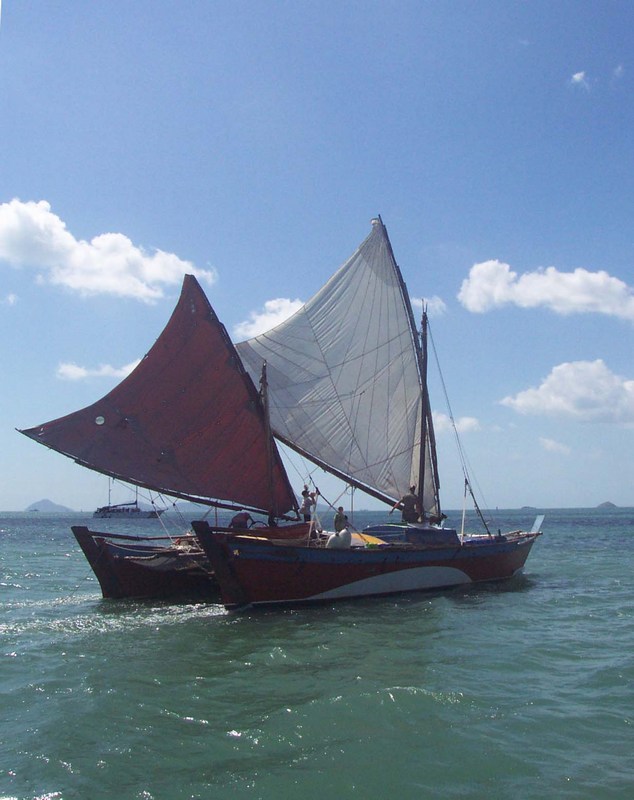
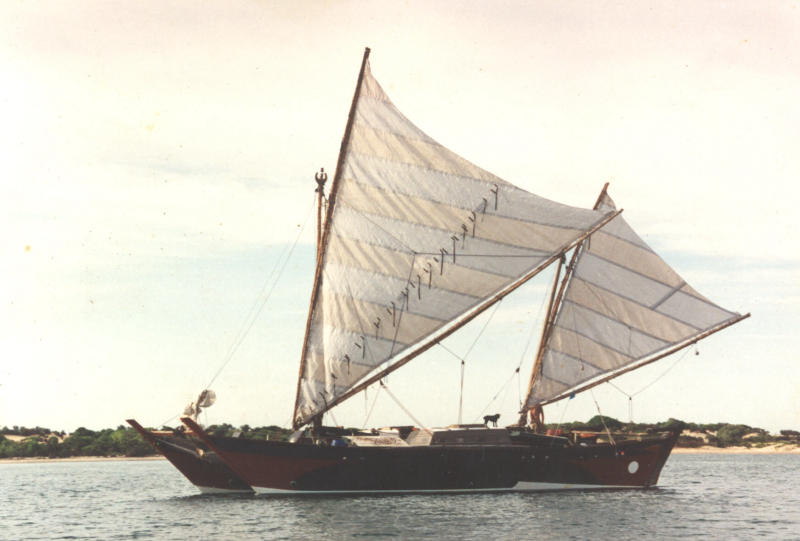

|
|
Some photographs of Mareva (the first Ontong Java). First four photos are after boat was sold, remainder are from before that 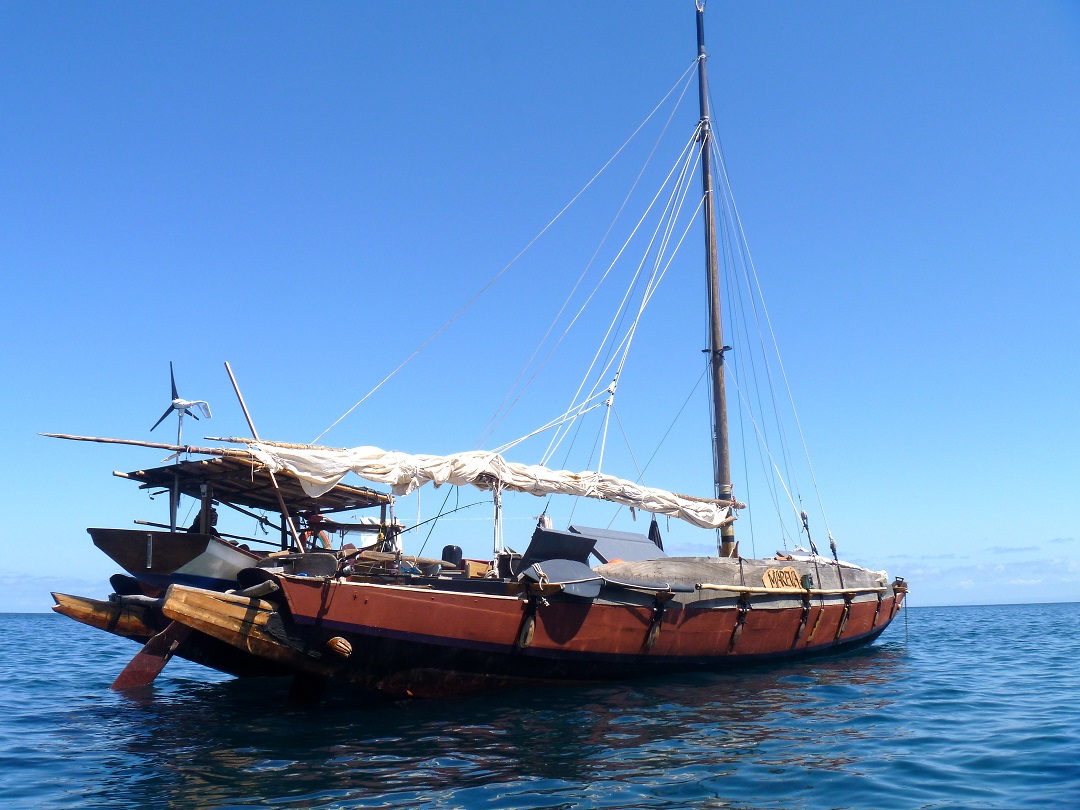
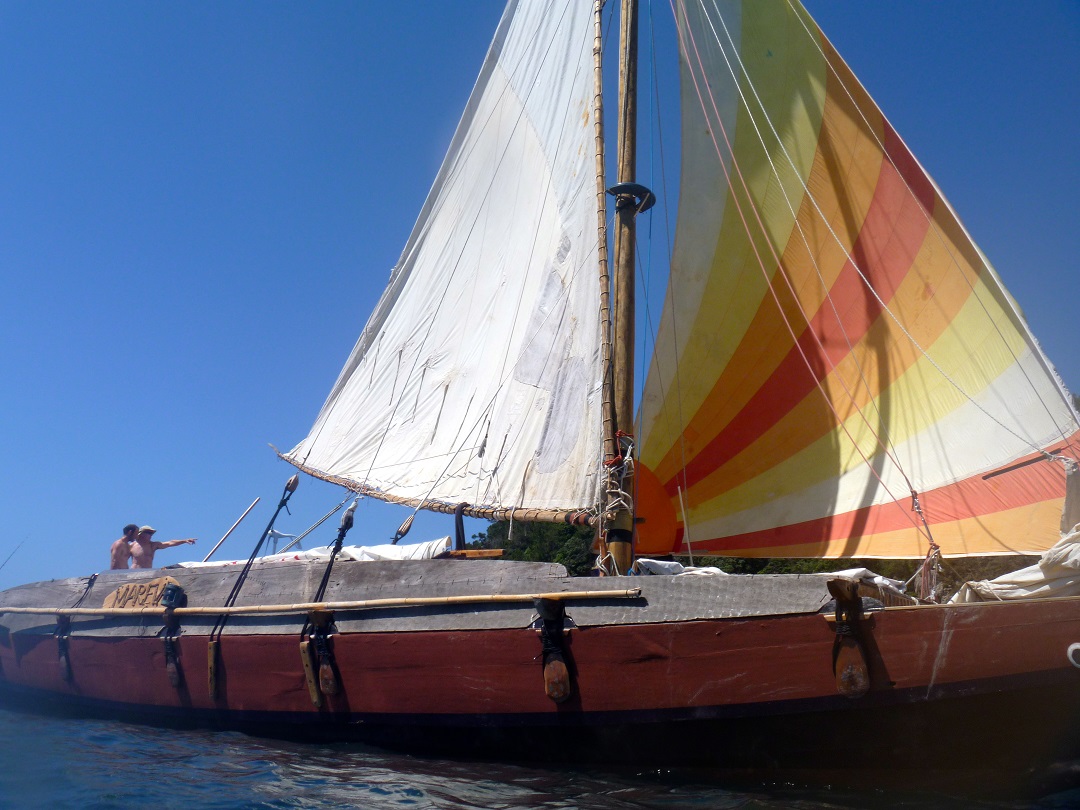

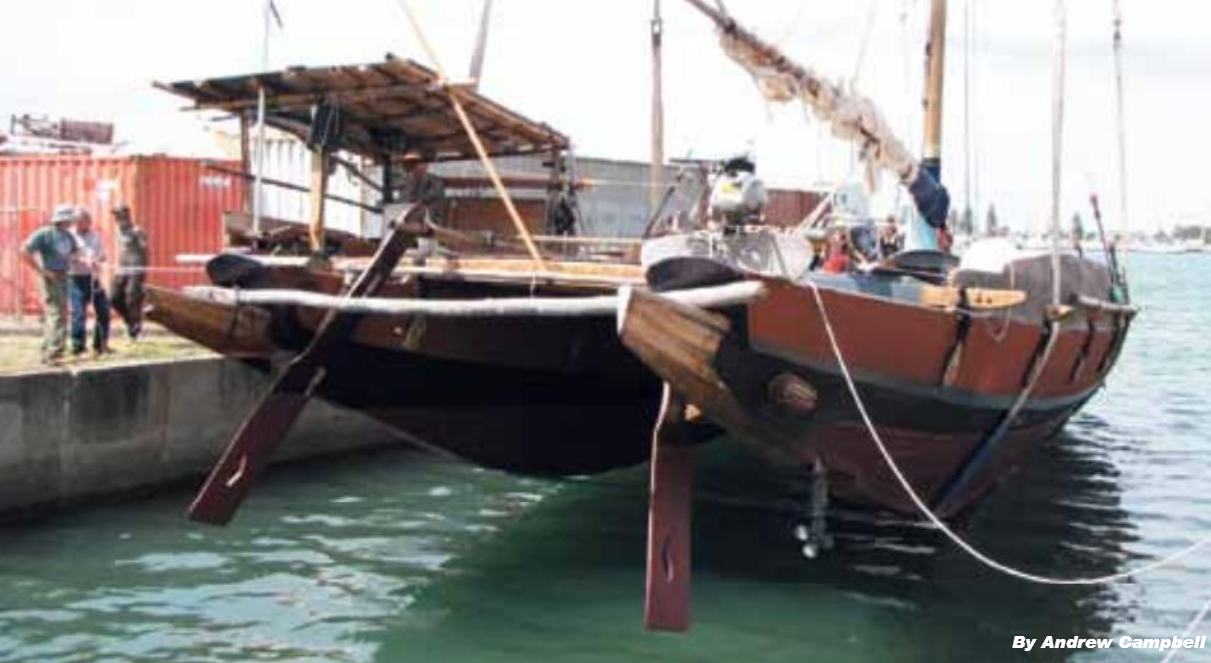
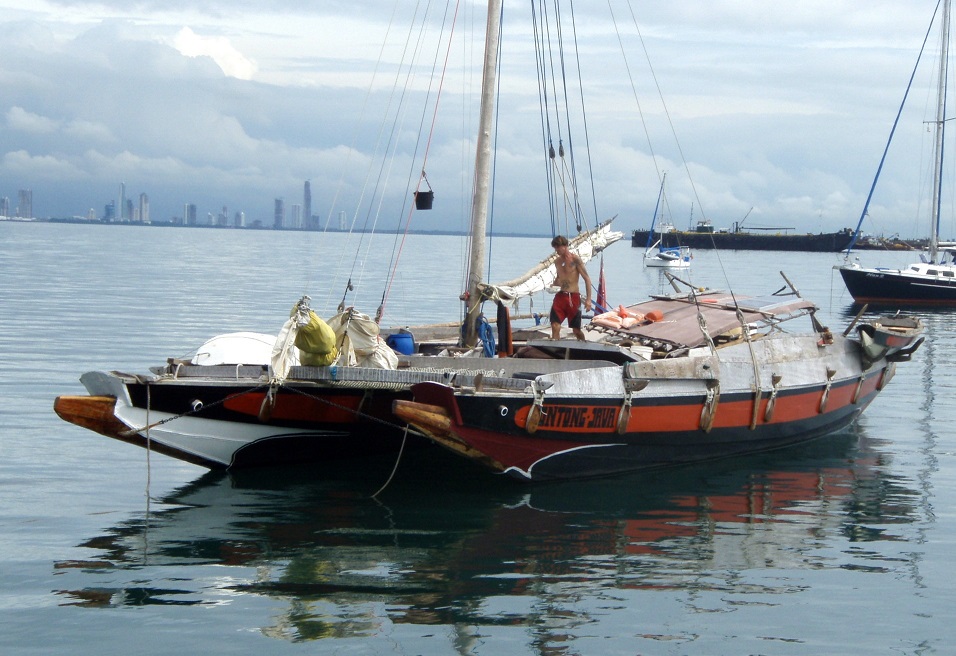
For a higher resolution of the above photograph, please use this LINK 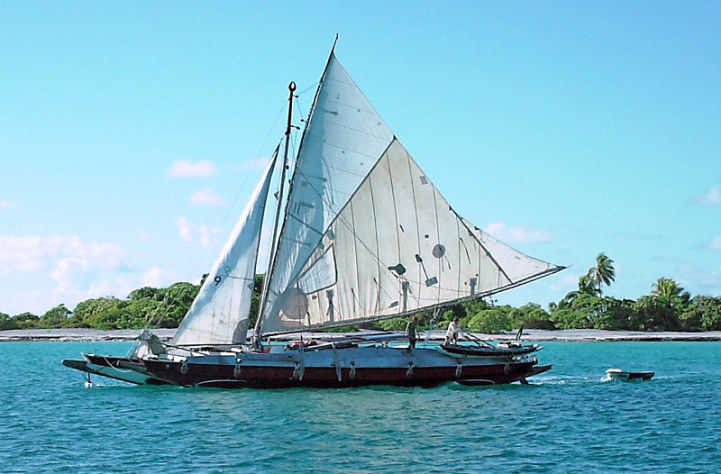
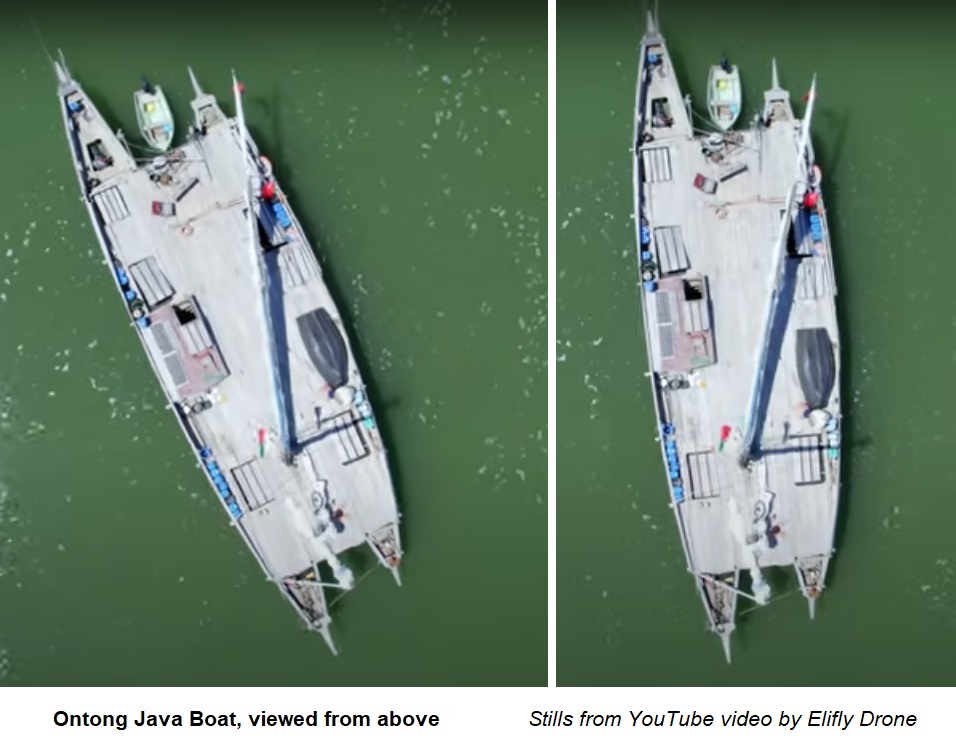
|
|
The 2020 extensive refit of Mareva in Auckland New Zealand 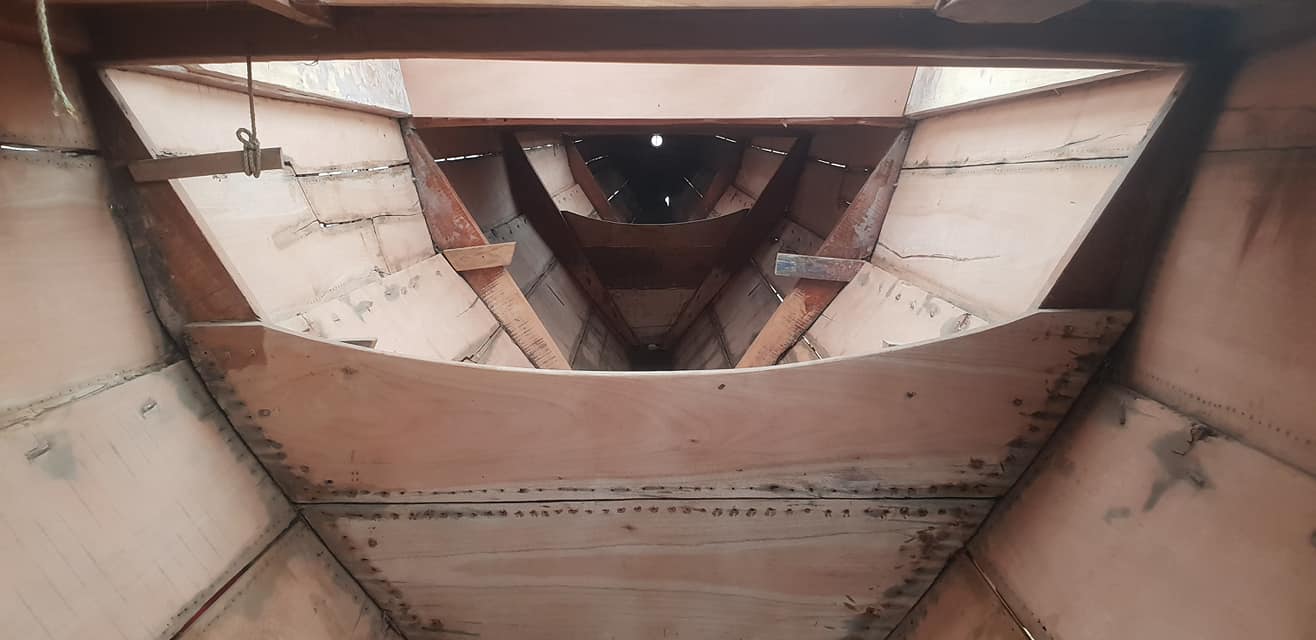
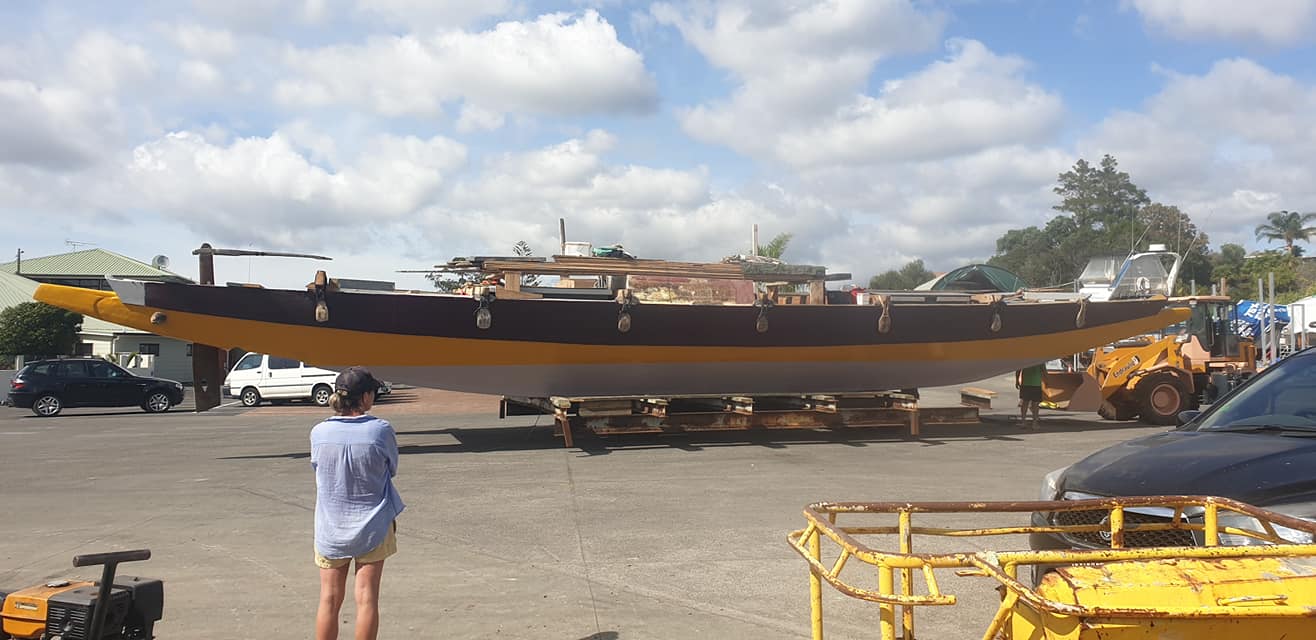
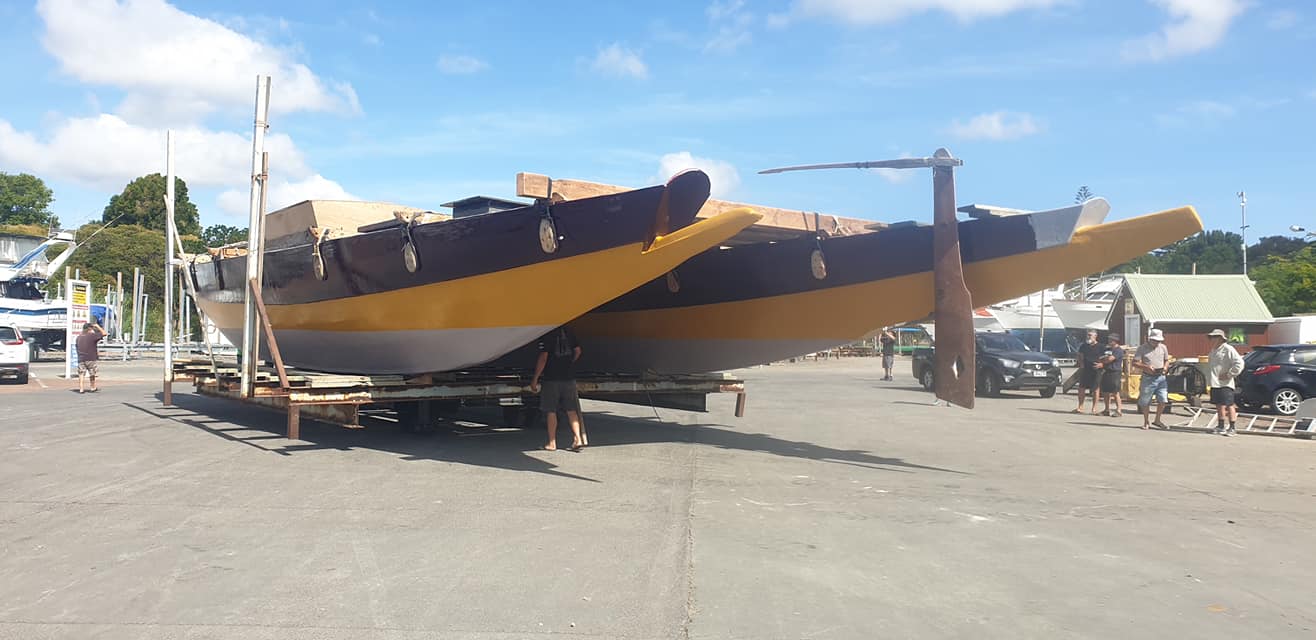
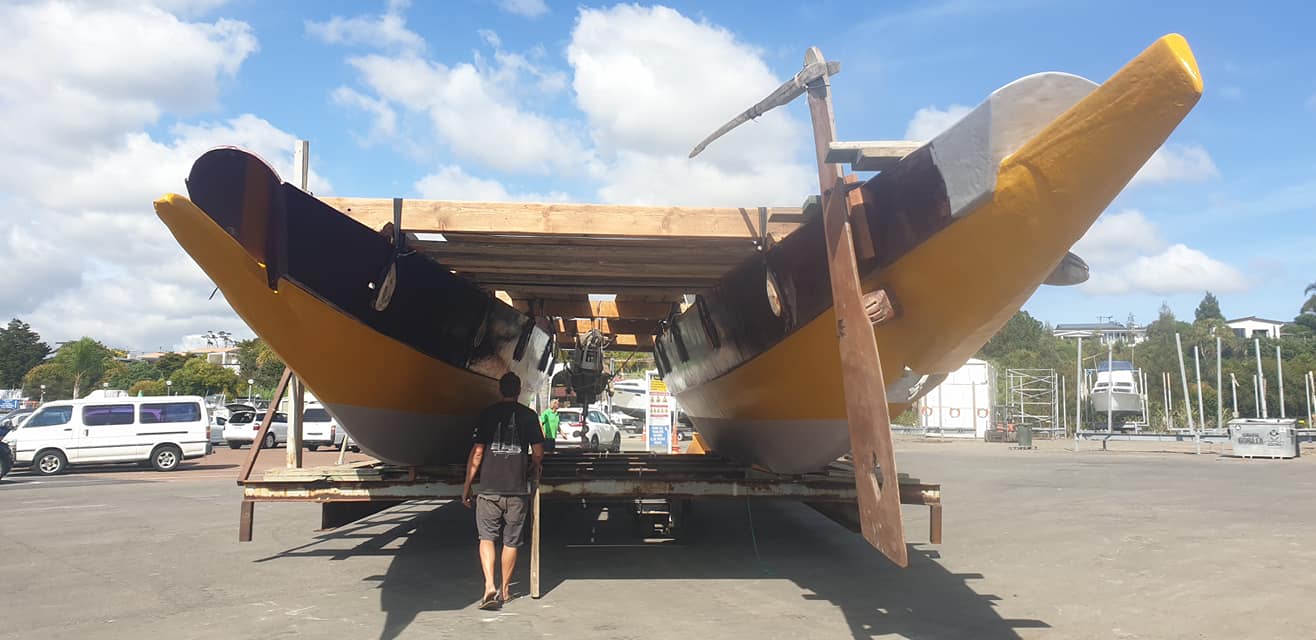
|
|
All following photographs are of Ontong Java II, built 2012 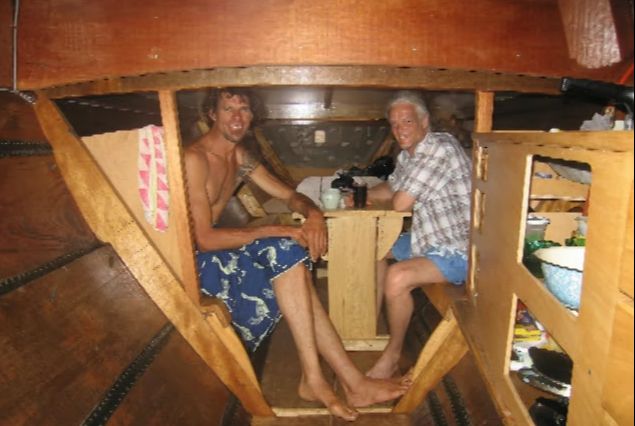
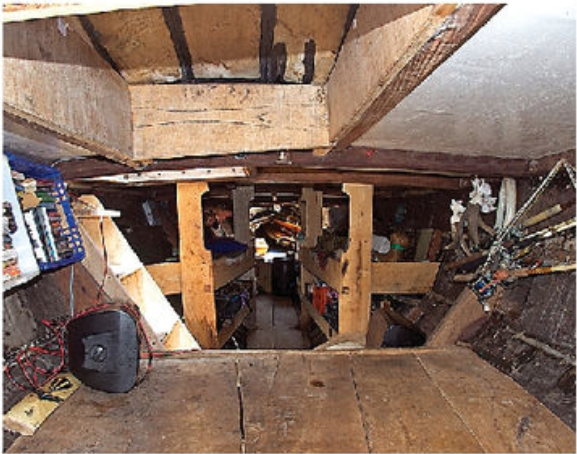
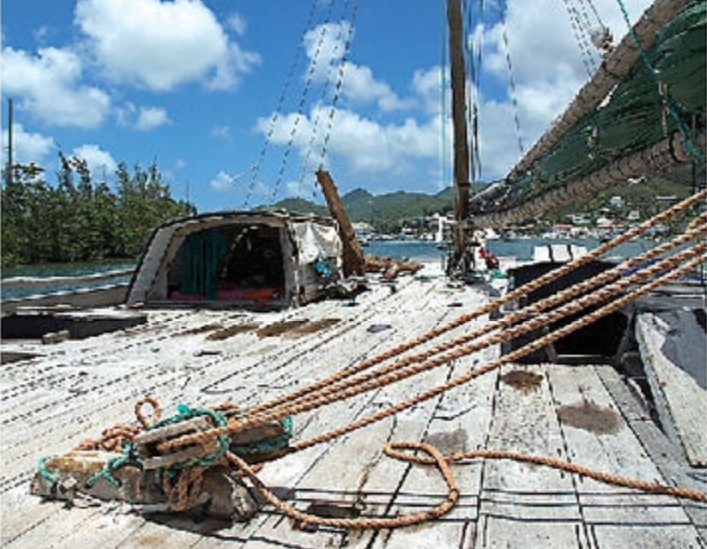
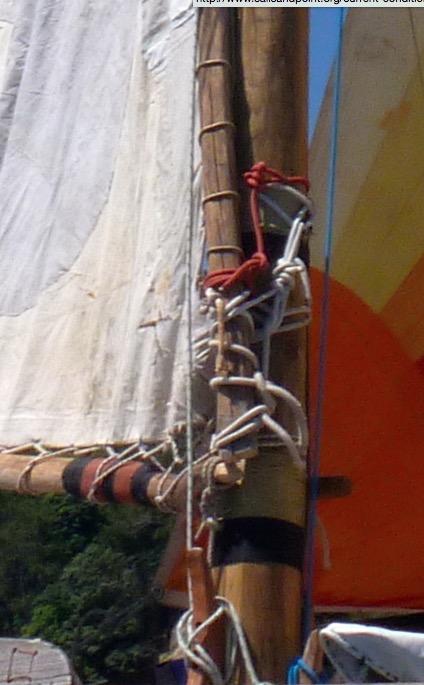
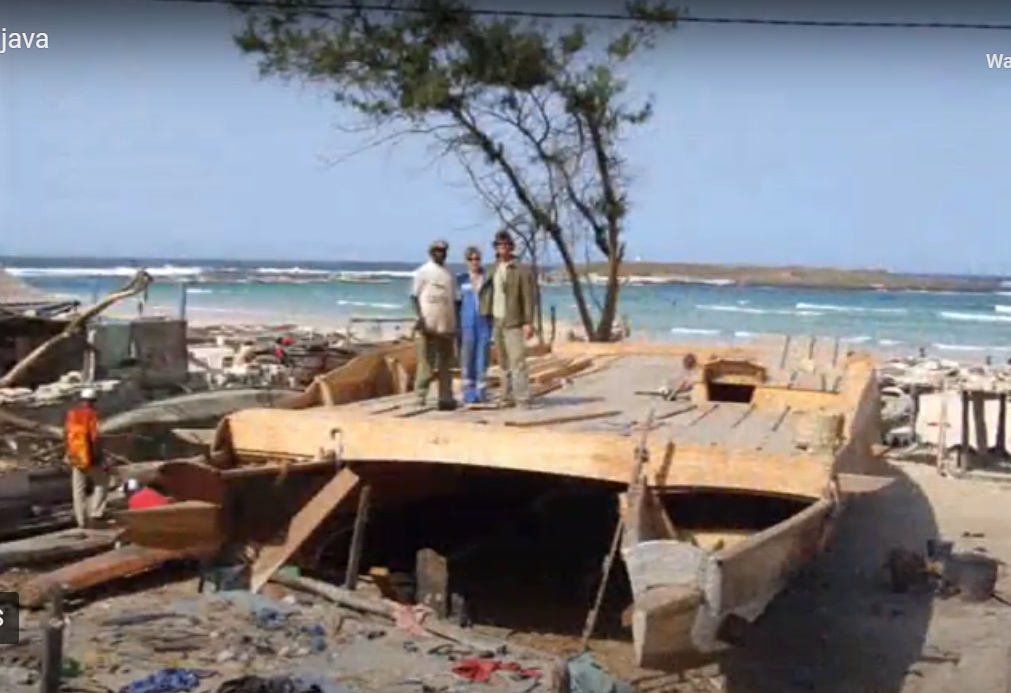
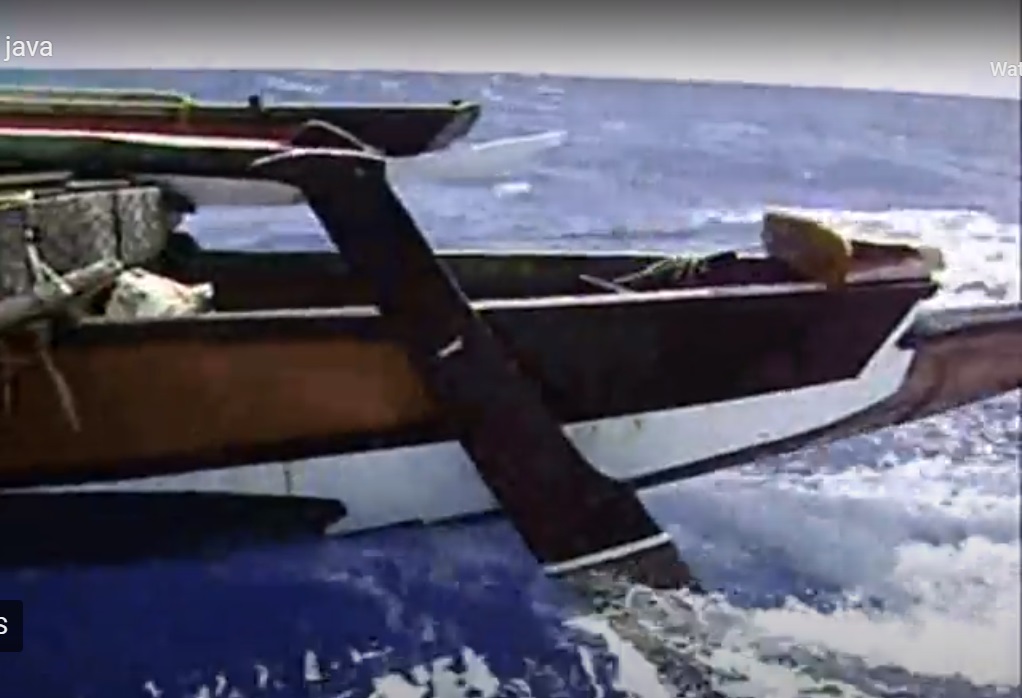
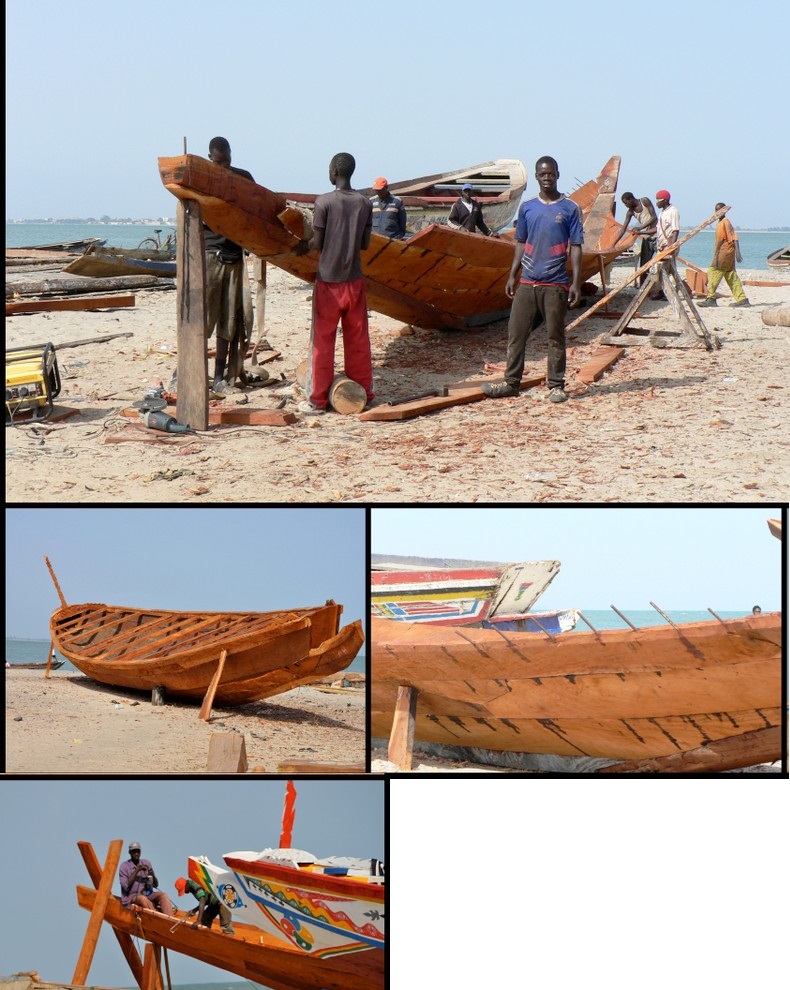
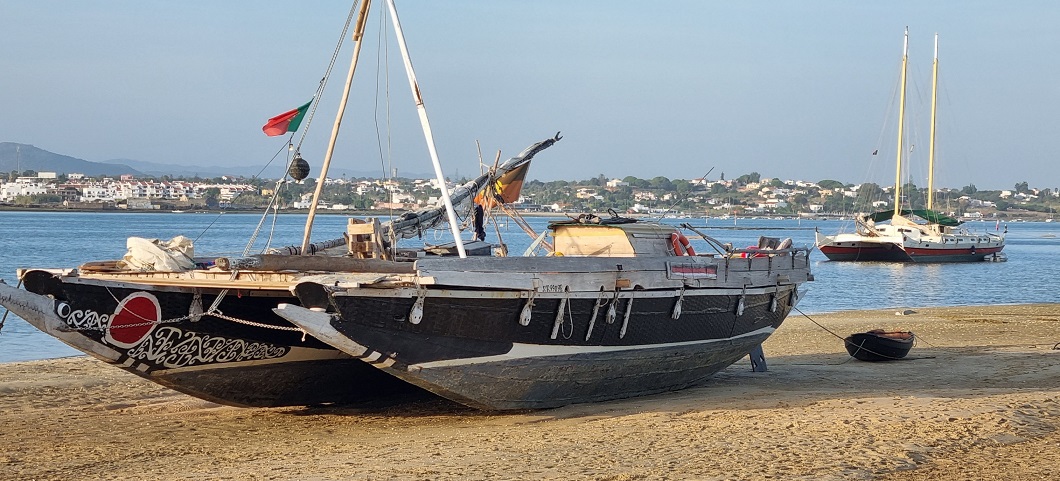
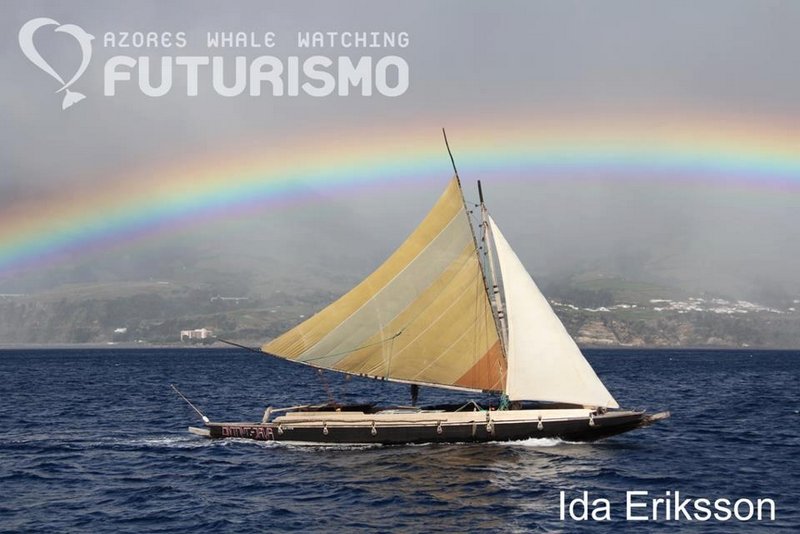
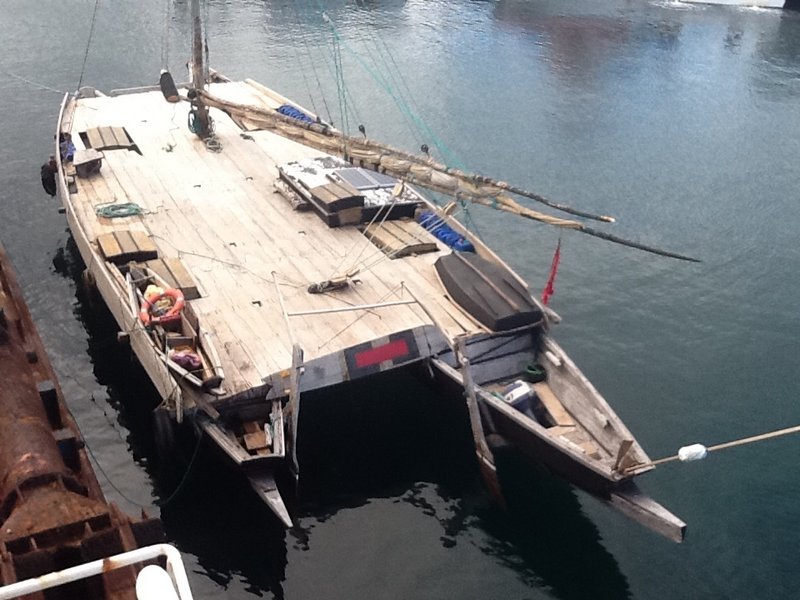
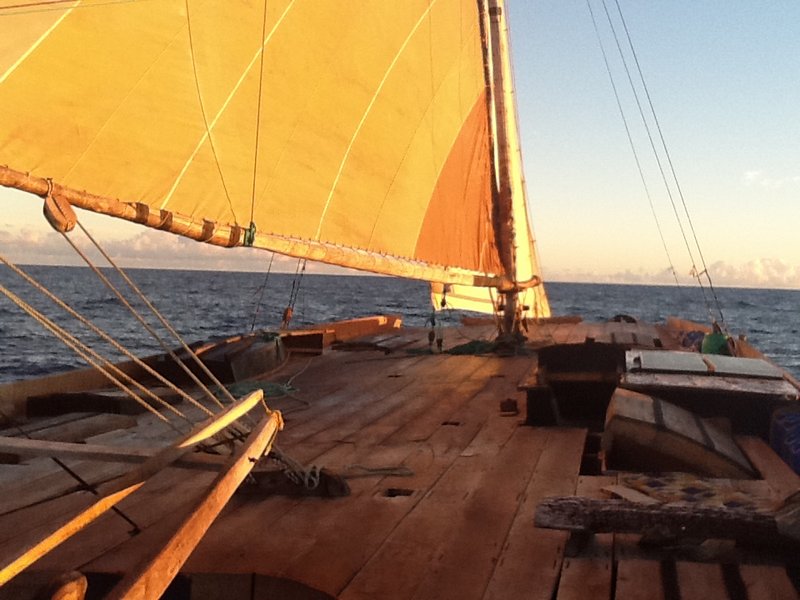
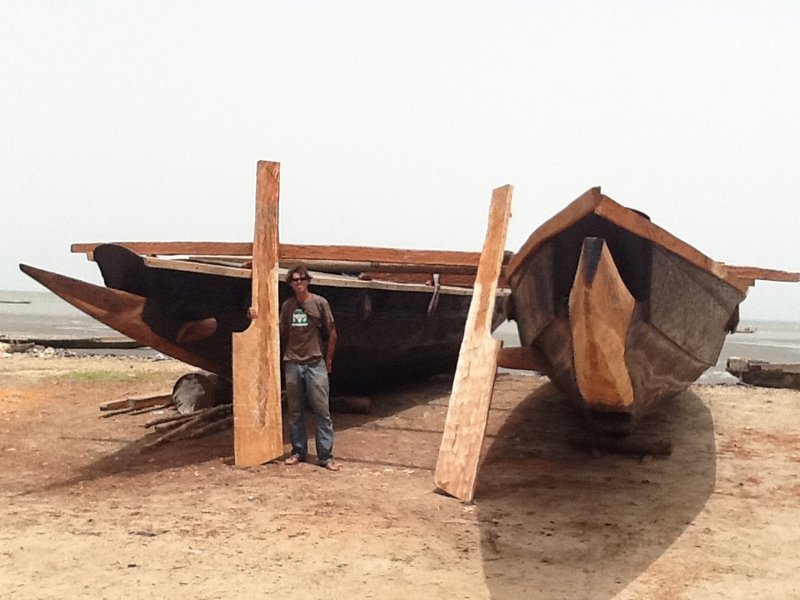
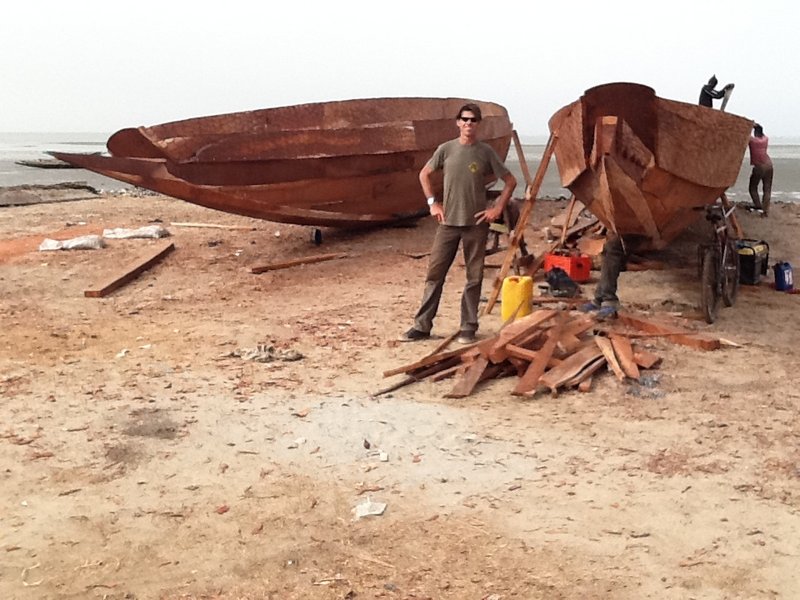
|
|
The first and third photographs are from Seahorse Magazine, August 2020 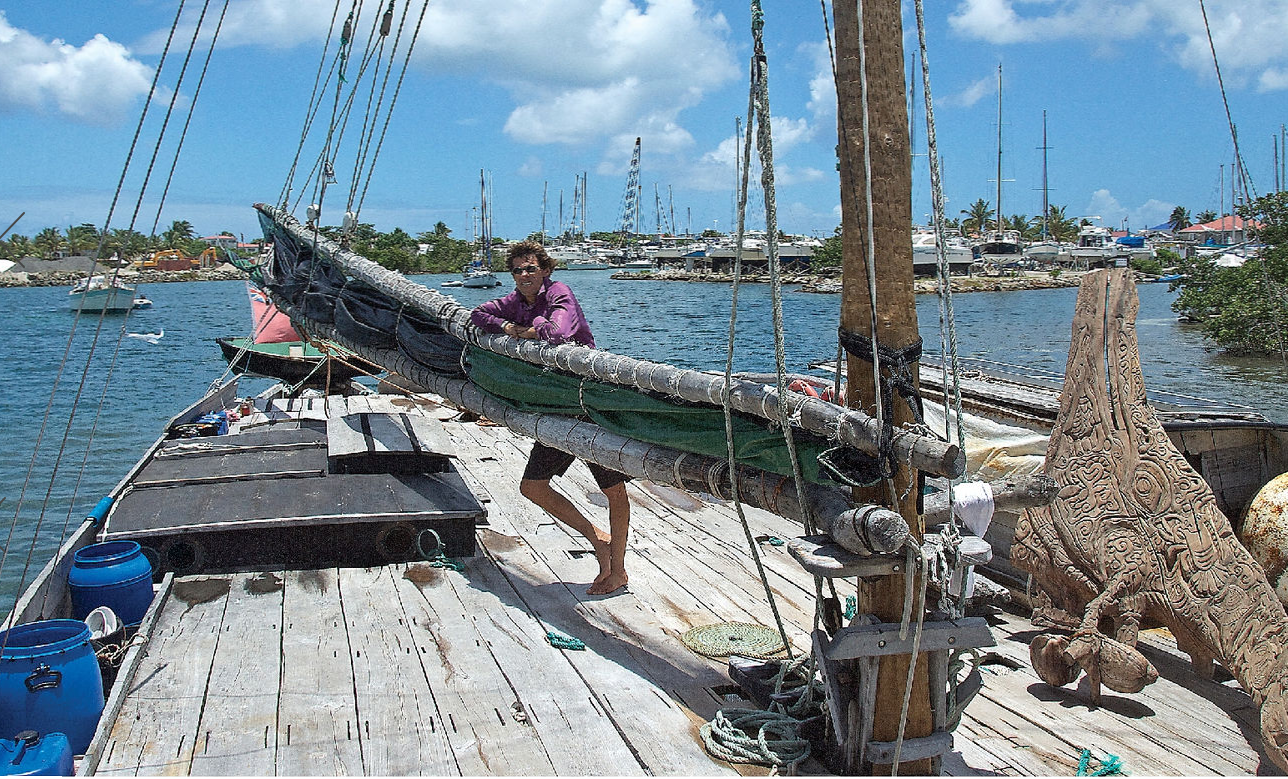
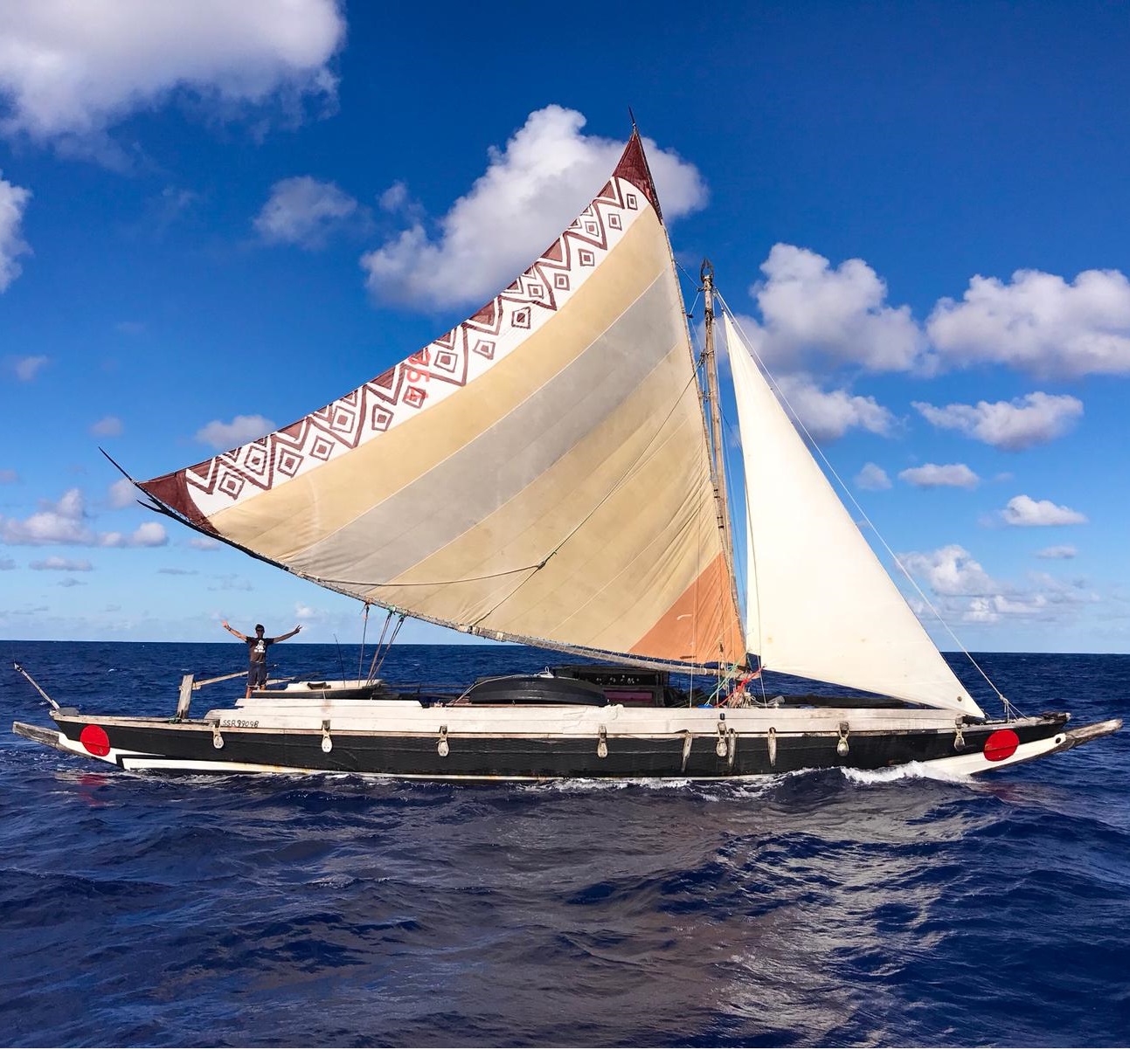
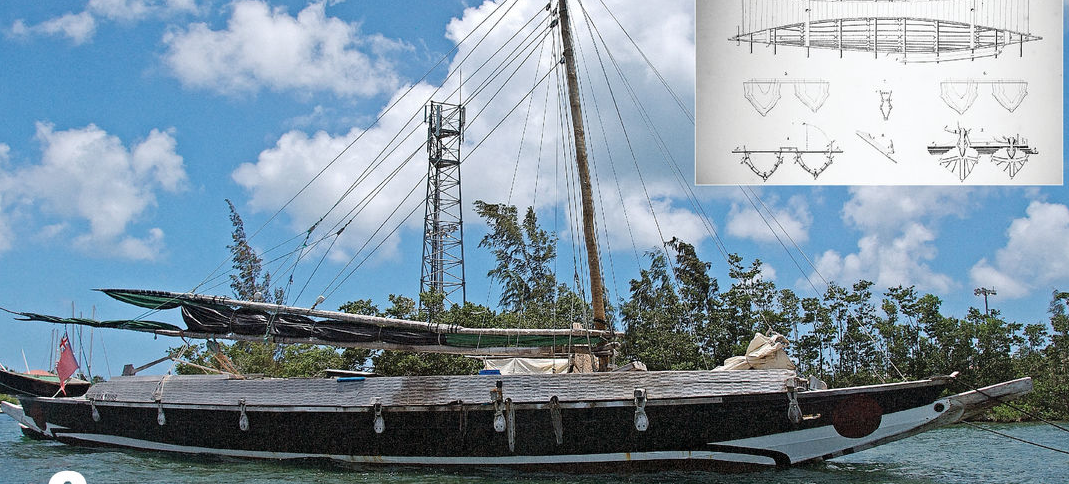
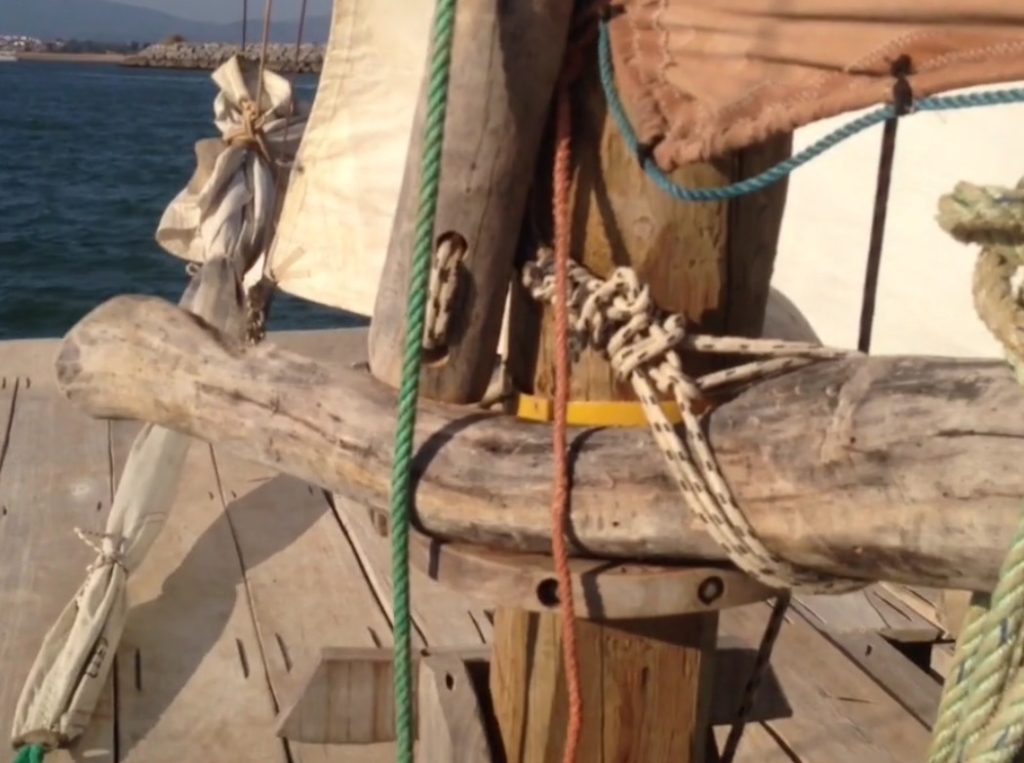
|
|
Hans Klaar 2022 Hans is now in Portugal. He has a new sail, a Gaff/Gunter sail. It is made from three sails stitched together over four days. Notice the gaff jaws on upper and lower spars. There seems a new block for the mainsail. He has crossed the Atlantic seven times over the last four years 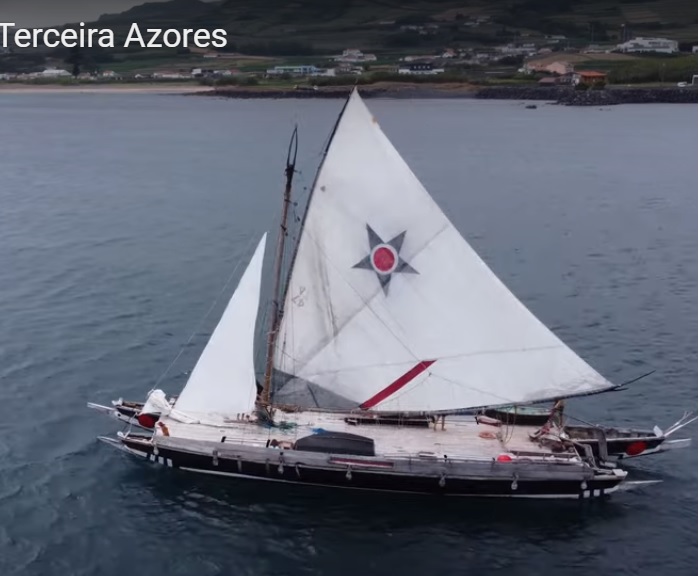
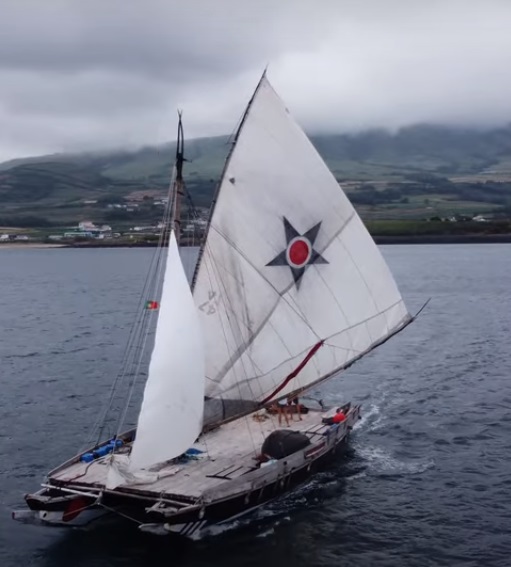
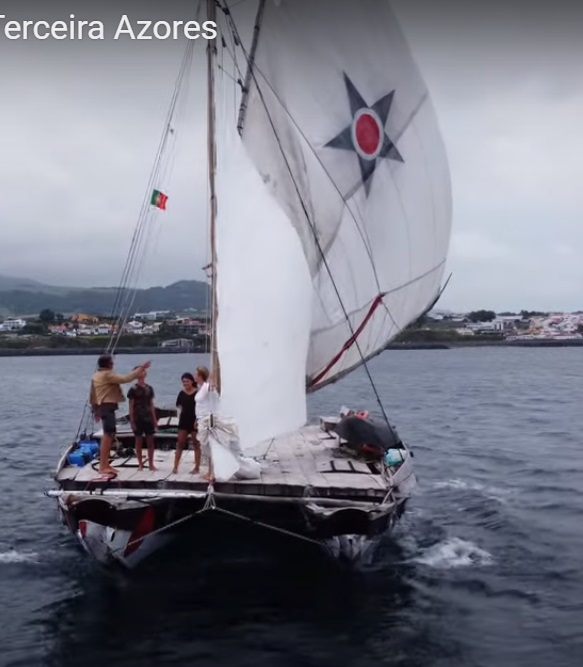
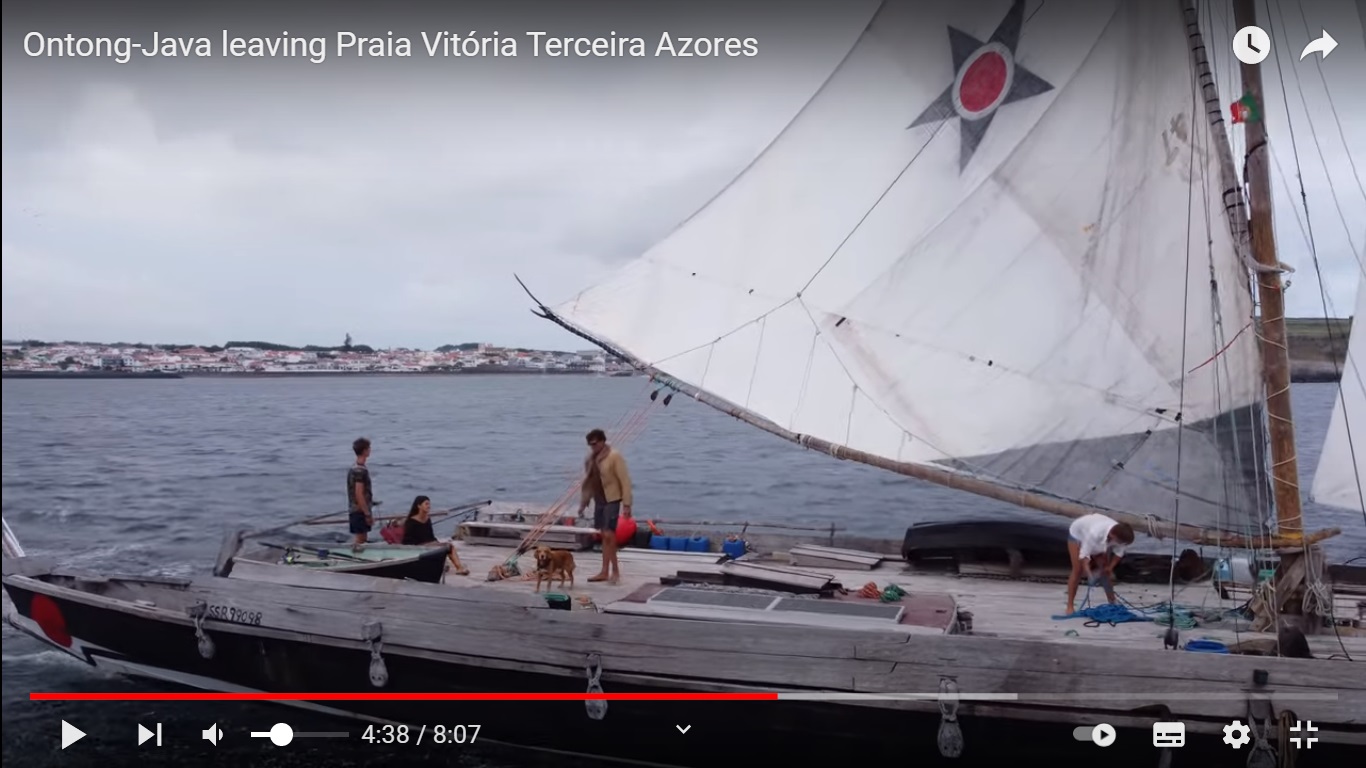
|
|
'Ontong Java' Pahi built by Hans Klaar Ontong Java is a large Pahi built in Africa by Hans Klaar. It is made of solid thick timbers and not epoxy coated. Cost was much less (a small fraction) of the equivalently sized modern high tech catamarans. Maybe it is not as refined, but it does work. Hans has sailed countless tens of thousands of miles in this boat. Boat life may be limited does to lack of epoxy, maybe only 30 or 40 years, however if your boat costs a fifth of that it does to build a 'modern' design then is that really bad economics, it sure sounds good to me. There is some information on the Wharram owners website, some from Woodenboat forum, some from Youtube, and some from August 2020 digital version of Seahorse magazine. One photo was emailed to me directly by Hans. I found some information from a New Zealand magazine Issuu by Sun Media July 2012 about the refit of Mareva, the first Ontong Java. My understanding is that Hans built a Wharram inspired catamarn with two masts and crab claw sails first , and then Ontong Java was built in west africa to a more traditional design but with a low aspect main and jib. Sealing of the planks (caulking) I think was done with rubber soaked in petrol to soften it, then hammered into the gaps between the planks then nailed on, simple but effective. Building the boat is west africa makes sense as the cost of labour is just so low, and high quality timber can be had for very low prices. The downside is that its not all shiny white and gleaming and may only last 40 years, but that cant be all bad, at least you get a great boat for relatively little money. My understaning is that Ontong Java was modelled on a Pahi craft from the Tuamotus Islands based on sketches from 1845. Note that one hull is slighly smaller than the other, this reduces bending stresses on the crossbeams. Note that the rudders are lashed to the main hull and are known as quarter rudders Ontong Java is a very impressive boat, especially when you consider it probably cost a fifth of what a modern large catamaran would cost. There are a few videos floating around on YouTube of this boat, I have included one below though I know there is a much longer YouTube video of this boat sailing but cant recall where I saw it, apparently it can self steer by linking the rudders to the jib sheet? A near identical version of Ontong Java being built early 2013 and called Ontong Java (2). It seems Hans was very happy with Ontong Java so he has built a new similar boat. The first Ontong Java was sold in New Zealand around 2012 , it had a first refit in 2012 and a second more extensive refit in 2020 and now goes by the name Mareva
Overview of Hans Klaar's boats
Details about Mareva
Details about Mareva edge on edge planking
The extensive 2020 refit of Mareva
Details about the Newer Ontong Java
Weights
Update March 2024
Much more information can be found at the atom voyages website LINK 1 |
|
Youtube video Sailing Ontong Java, 2 mins 30 seconds.
Hans explaining the boat. LINK |
| Home |